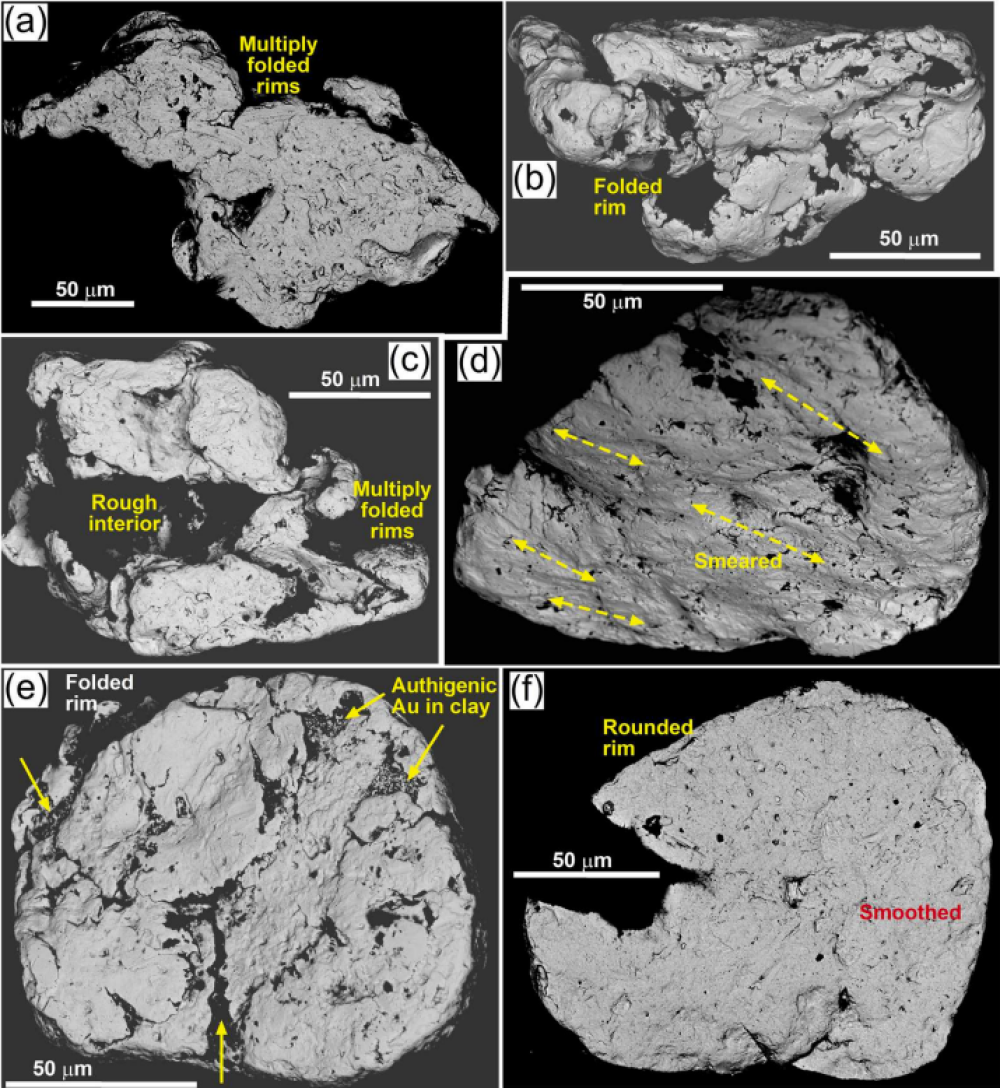New Zealand’s South Island is home to many treasures. Some vast, like Milford Sound, some small, like the blue mushroom to be found there, and some treasures that are literal gold, albeit very, very tiny. Yes, the beaches here are sometimes littered with the stuff, but do we casual beach strollers stand any chance of finding it?
Gold is a valuable element with a wide range of uses, from wealth stores to jewelry, and medical electronics to aerospace engineering. According to the World Gold Council, we’re currently mining for gold on every continent except Antarctica, with China being the largest producer in the world in 2023.
A fine thing, that sparkly gold, but it comes with some serious negatives. As demand for the precious metal has increased, mining for gold has been linked to environmental degradation, eroding soil, polluting water, and destroying ecosystems. So, what if we could source it from somewhere that’s easier to get to?
It just so happens that on some of New Zealand’s South Island beaches, there are many minerals to be found littered among the “black sand,” as it’s known colloquially. These tiny flecks are what’s known as detrital gold, which is known to accumulate on beaches across the world, but until now, nobody’s paid much attention to it. So, a new study stepped in to get a closer look.

The many morphologies of Wangaloa beach gold.
Image credit: Dave Craw
“The aim of this paper is to present an atlas of gold morphological images that shows the variations of beach gold around the South Island where there have been substantial differences in coastal processes, tectonic activity, and associated relief development,” wrote the authors. “As such, this atlas provides the first comprehensive depiction of beach gold particle morphology variations anywhere in the world.”
Using electron microscopes, they snapped images of the minuscule metals. Doing so revealed that in one Southland site, the particles can be as small as 10 micrometers wide – roughly a fifth of a human hair in terms of width – but finding the lower limit for size wasn’t possible because of how hard the gold is to sample. Chances are looking pretty slim, then, for it having any economic value, but it’s an interesting insight into the many minerals to be found among black sands, and the processes that got them there.
“The point of the study was to look at this horribly fine-grained stuff that nearly everyone ignores at the beaches around the South Island,” said study author and Emeritus Professor Dave Craw of the University of Otago’s Geology department in a statement. “There has been some mining (West Coast) but saving the fine gold is really hard for the miners.”
And as for your chances of finding some while out for a walk?
“It is unlikely that people will see any,” added Craw. “Even with a gold pan, the fine gold floats on the surface tension of water and a lot of it is lost.”
Aw shucks. Guess I’ll just keep on hunting those blue mushrooms.
The study is published in the New Zealand Journal of Geology and Geophysics.
Source Link: There’s Gold To Be Found On New Zealand’s Beaches, Teeny Tiny Flecks Of Precious Gold